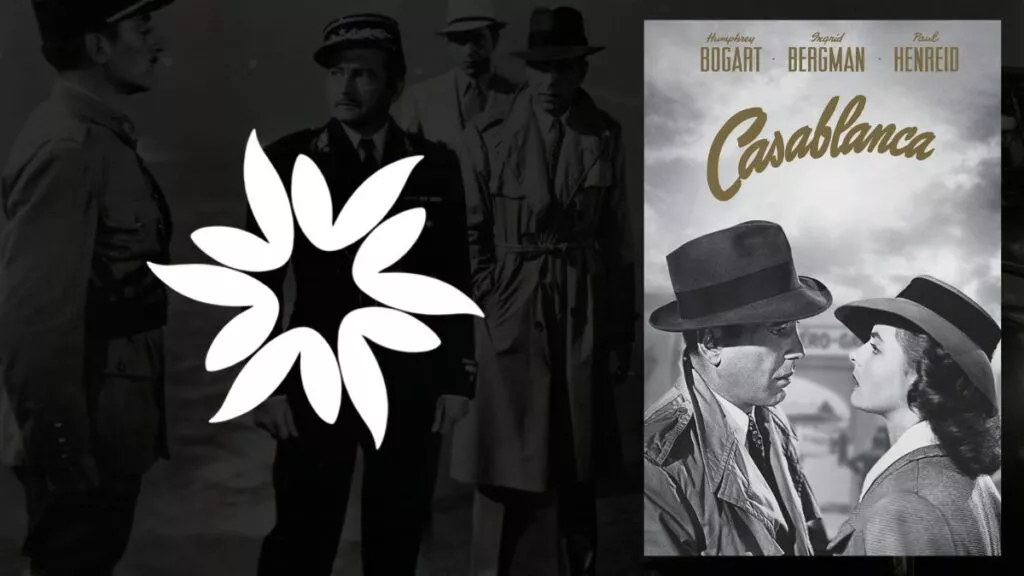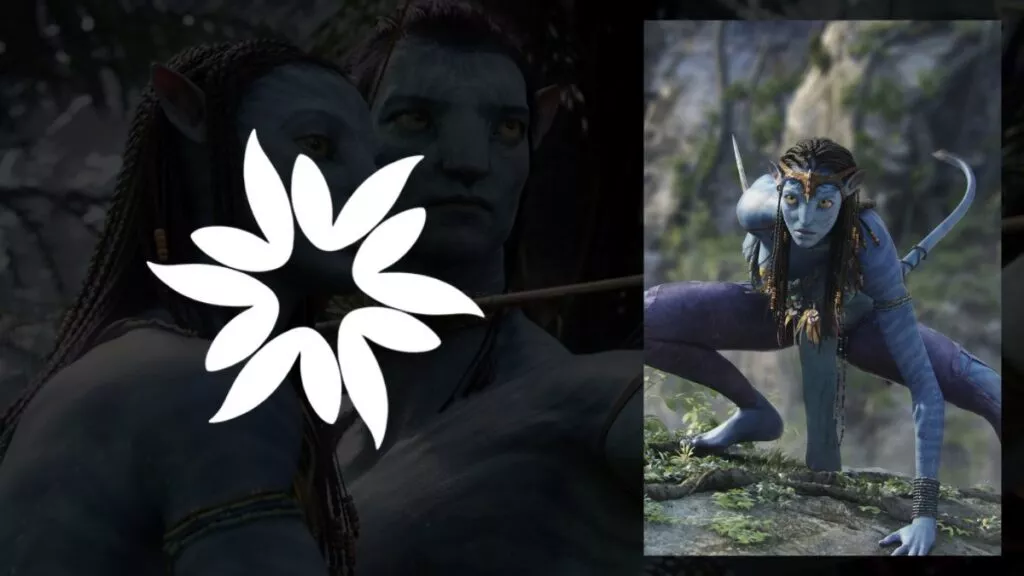Mecha anime, a genre defined by its focus on robots and mechanical marvels, has a rich history that spans decades. This article delves into the evolution of mecha anime from its inception in the 60s and 70s through its explosive growth in the 80s.
Key Takeaways
- The '60s and '70s introduced the super robot genre, laying the foundation for mecha anime with series like "Mazinger Z" and "Mobile Suit Gundam."
- The 80s are considered the golden age of mecha, expanding the genre with more complex narratives and advanced animation, including "Mobile Suit Zeta Gundam" and "Robotech."
- Mecha anime evolved from simple giant robot tales to sophisticated stories blending science fiction, drama, and action, influencing global pop culture.
The Dawn of Mecha: The 60s and 70s
In the 60s and 70s, the foundation for mecha anime was set with the introduction of giant robots, also known as “super robots,” into the world of anime. During these years, the focus was on creating and growing the super robot theme. Toy companies often backed these shows to promote and sell metal toy versions of the main robot characters. This time period marked the start of many famous series that would shape the direction of mecha anime for many years ahead.
Some of the seminal works from this period include:
- “Astroganger” (1972): Marking one of the early entries in the mecha genre, offering unique storytelling and design.
- “Mazinger Z” (1972): A cornerstone of mecha anime, introducing many elements that would become staples of the genre.
- “Great Mazinger” (1974) and “UFO Robo Grendizer” (1975): These series continued to build on the foundations laid by “Mazinger Z,” expanding the universe and the complexity of the stories and mecha designs.
- “Getter Robo” (1974) and “Getter Robo G” (1975): Known for introducing the concept of combining robots, where multiple machines would unite to form a more powerful robot.
- “Kidou Senshi Gundam” (1979): At the tail end of this era, “Mobile Suit Gundam” revolutionized the mecha genre by introducing the concept of “real robots” – machines that were not invincible super robots but rather tools of war with limitations, piloted by humans with their own flaws and strengths.
These series were instrumental in popularizing the mecha genre, not just in Japan but across the world, because of their innovative concepts, engaging stories, and tie-in merchandise that appealed to a wide audience.
The 80s: The Golden Age of Mecha Anime
The 80s are often considered the best times for mecha anime when the genre took off and became more creative—this decade built on what had been done in the 60s and 70s, bringing in deeper stories and more detailed characters. Plus, improvements in how anime was made meant that the robot battles looked better than ever, with more action and eye-catching scenes.
Key series from the 80s include:
- “Mobile Suit Zeta Gundam” (1985-1986): A sequel to the original “Gundam” series, it is celebrated for its more mature themes and character development.
- “Robotech” (1985): An American adaptation of several Japanese anime, it played a crucial role in introducing mecha anime to Western audiences.
- “Armored Trooper Votoms” (1983-1984): Known for its gritty realism and detailed depiction of mecha warfare.
- “Super Dimension Fortress Macross” (1982-1983): Combining transforming mecha with soap opera-like narratives, including love triangles and musical elements, broadened the genre’s appeal.
- “Mighty Orbots” (1984): An American-Japanese co-production that blended elements of super and real robots, showcasing the global influence of mecha anime by this point.
In the 1980s, the mecha anime scene really branched out. Shows started to mix it up, trying out different styles and stories. They went from epic space adventures and battles with armies to stories mixed with magic and love tales. This was a big time for mecha anime, making it super popular and laying the groundwork for all the cool new ideas and shows that would come after.
Liked this article? Check out our other exclusive series.









